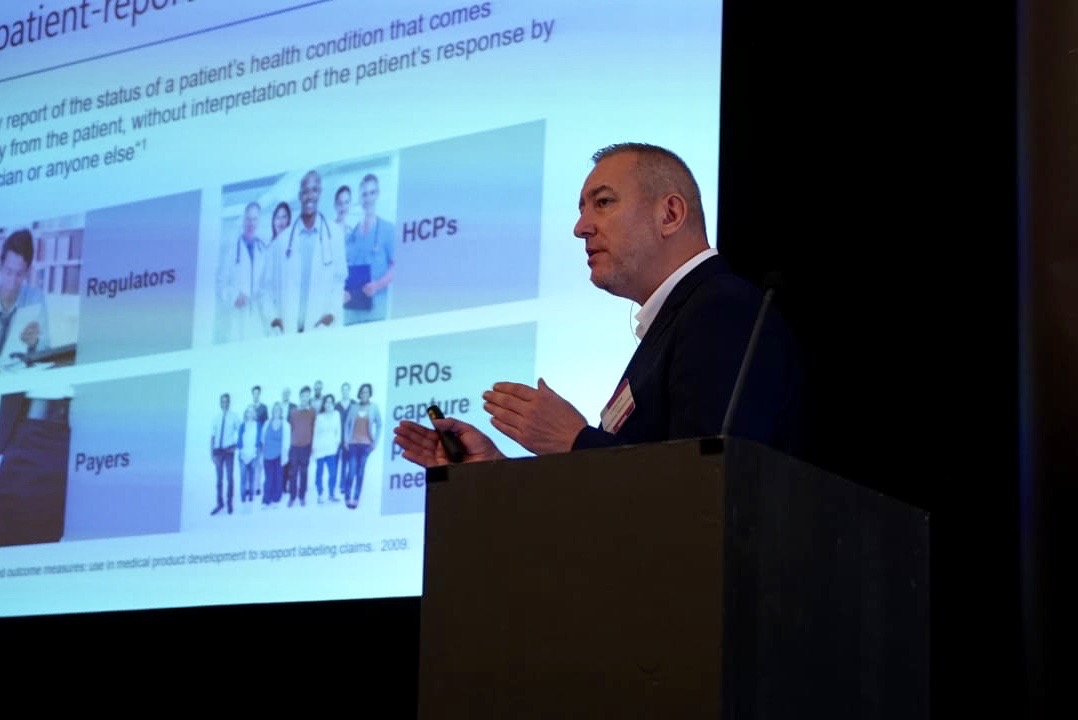Has a new study found a personalized approach for Nav1.7? 'Precision Analgesics' may be a better bet
- mark field

- Feb 10, 2020
- 4 min read
The difficulties of pain research are highlighted well by the tale of the Nav1.7 sodium channel, which was thought to be the ‘holy grail’ for new analgesic development, but it is failing to deliver on its potential. Nav1.7 was a molecular target identified from the most compelling human genetic validation data for any new mechanism of action. For years we had been waiting for such a target which didn’t rely on the unpredictable translation of preclinical studies to patients. However, targeting the Nav1.7 for pain has so far failed in the clinic.
A recent paper has examined the effect of lacosamide on Nav1.7 variants from responsive and non-responsive patients. Although their data is only in a small number of samples they suggest the pharmacogenomic approach described in their paper might contribute to the development of selective, individualized pain treatment strategies.
Differential effect of lacosamide on Nav1.7 variants from responsive and non-responsive patients with small fibre neuropathy. Brain. 2020 Feb 3.
Tailoring treatments to specific individuals in pain (or personalised medicine) is likely still a distant goal and actually may never be achievable. However, creating a more precision approach is very realistic and could significantly help chronic pain patients.
Here are some points for success in developing ‘precision analgesics’. But fundamentally we need to increase our dialogue with patients to better understand them and the conditions they are suffering from.
Increase understanding there are 100+ disease associated with chronic pain.
Just by acknowledging there are over 100 conditions associated with pain could have a huge impact in the pain field. Pain is the primary reason for a physician visit but many patients do not receive a diagnosis for a chronic pain condition for over 7 years. By creating the understanding that numerous conditions should be considered one could take years of patients waiting in despair wondering what is wrong with them. Preclinical research can span its horizons across all of these conditions to increase the opportunities to discover new targets. See painlandscape.com.
Link target to disease / Move away from ‘preclinical to clinic’ paradigm
Most targets in pain research have been identified preclinically and most have failed in the clinic. Further understanding of specific diseases from patients can help identify more relevant targets. In the limited examples where this approach has been followed in pain the clinical trials have been compromised by moving into a broad patient population. Linking clinical knowledge to preclinical science then throughout clinical development is essential. Still today there is a huge gap between preclinical and clinical worlds.
Break away from focus on the limited number of regulatory approved conditions in clinical development
Despite there being over 100 conditions associated with pain there are only a handful of conditions where there is a regulatory path to approval. For example, in neuropathic pain diabetic neuropathy and PHN have become the standard disease to run trials in. There is a bias to follow these due to the understanding and predictability of clinical costs and timeline. However, if we don’t ensure we target the right patient linked to the target of the drug we will continue to have positive preclinical data and clinical failures. We will have to be brave to run trials in conditions where there is little understanding and find CROs willing to become partners in such approaches.
Consider pain symptoms as regulatory label claim
Patients suffer from different types of pain and the underlying mechanisms may be the same across diseases. Allodynia (serve pain to light touch - like sunburn skin) is a pain symptom that is seen across various chronic pain conditions. As well as researching a disease one can also research the pain symptom. This could lead to medicines for specific pain types.
Develop patient outcome measures specific for each disease as primary endpoints
The primary endpoint for most clinical pain trials is a basic numeric rating scale e.g how is your pain on a 0 – 10 scale. This can totally disregard clinical outcomes that are truly meaningful to the patient. By talking to patients and understanding what outcomes would improve their quality of life one can create specific patient reported outcome measures that would increase the probability of success in clinical trials. This would also increase the chances of convincing payers to reimburse medicines as these data would help differentiate from standard of care.
Take account of inherent gender-bias and create more female-focused research
Perhaps one of the easiest ways to be more precise is to ensure there is more of a focus on female research. Although more women will suffer chronic pain most of the current research is completed in males. Recent evidence suggests there may be some gender specific mechanisms associated with chronic pain – highlighting the possibility of gender specific medicines. Also there are some female specific conditions such as endometriosis which, despite 1 in 10 women suffering from, a diagnosis is often taking over 10 years. More awareness and specific research is needed.
Create real translational scientists
Translational science has been a hot topic for a number of years now and rightly so, linking preclinical and clinical sciences is essential for good research to be successful. But we need to find ways where scientists can gain relevant years of experience in both of these worlds. The title ‘translational’ is easy to give out but too few scientists have the opportunity to experience both areas adequately.
.png)




.png)
Comments